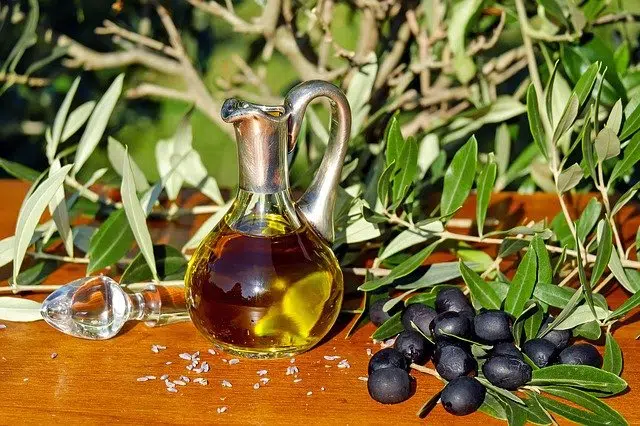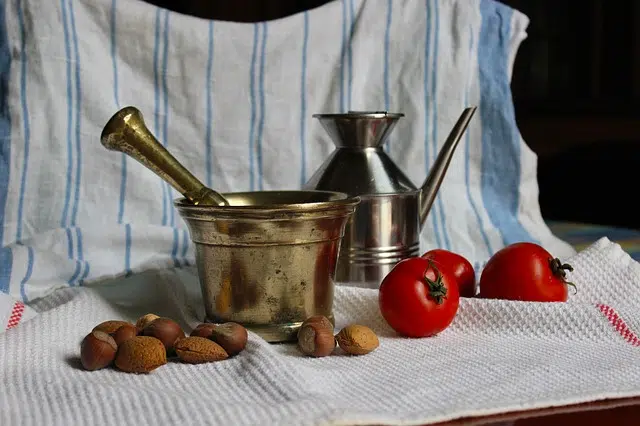
The chalice is used to store and administer oil.
The concept of alcuza comes from the Hispanic Arabic alkúza , in turn derived from the classical Arabic kūzah . Continuing with the etymological journey to its origin , kūzah comes from the Aramaic kūz[ā] , which finds its starting point in the Persian kuze .
An alcuza is a vessel used to store oil . The usual thing is for the alcuzas to have a conical design. These containers contain the oil that is used in different ways, making it easier to administer.
Analyzing the notion of alcuza
Before moving on to the definition itself, it is worth examining some of the terms already mentioned to simply understand what a chandelier is. We pointed out that it is a vessel : that is, a small, concave object that is used above all to contain liquids .
On the other hand, we indicated that an alcuza is used to store oil . Oil, meanwhile, is a fatty liquid that can be obtained from seeds, fruits or animals ( corn oil , coconut oil , cod oil , etc.).
The flask, in short, is used to conserve and administer oil. It has one or two handles, it usually has a long, thin neck and has a mouth , making it easy to pour the oil it contains inside.
Other similar containers
We can find several elements that fulfill similar or equal functions to those of the alcuza. An oil can , for example, is used to store and measure edible oil.
The cruet , as its name indicates, is used to store vinegar . In any case, it is common for the idea to appear in the plural ( vinegars ) and to refer to the set of two containers used for vinegar and oil in table service.
In the case of oliera , it contains specific oils: consecrated oils (known as holy oils ) that are used in different ceremonies. You can also collect chrism , a name for a combination of oil and balm used for anointing in confirmation , baptism and other religious rituals.

Image of a tin alcuza next to a mortar.
Materials of the chandelier
According to historians, the first alcuzas were made of clay . In this way, they were part of the creations made by the potters .
Over time, other types of alcuzas emerged, made of tin , glass , stainless steel , earthenware and more materials. They are often glazed inside; In some cases, they also present outstanding ornamentation that shines through in their external appearance.
Regarding the materials and appearance, it is important to mention that there are oils that, for their proper conservation, need not be exposed to light . That is why the alcuzas, at least in terms of their functionality, must be opaque when they are used to store certain oils.
A poem by Dámaso Alonso
The Spanish Dámaso Alonso (1898-1990) stood out as a writer and as a philologist. Throughout his career he obtained recognitions such as the Spanish National Poetry Prize and the Miguel de Cervantes Prize and directed the Royal Spanish Academy ( RAE ).
Among his works is the poem “Mujer con alcuza” , which he dedicated to his friend and also poet Leopoldo Panero . The verses are inspired by a woman who worked in her family's home as a maid.
